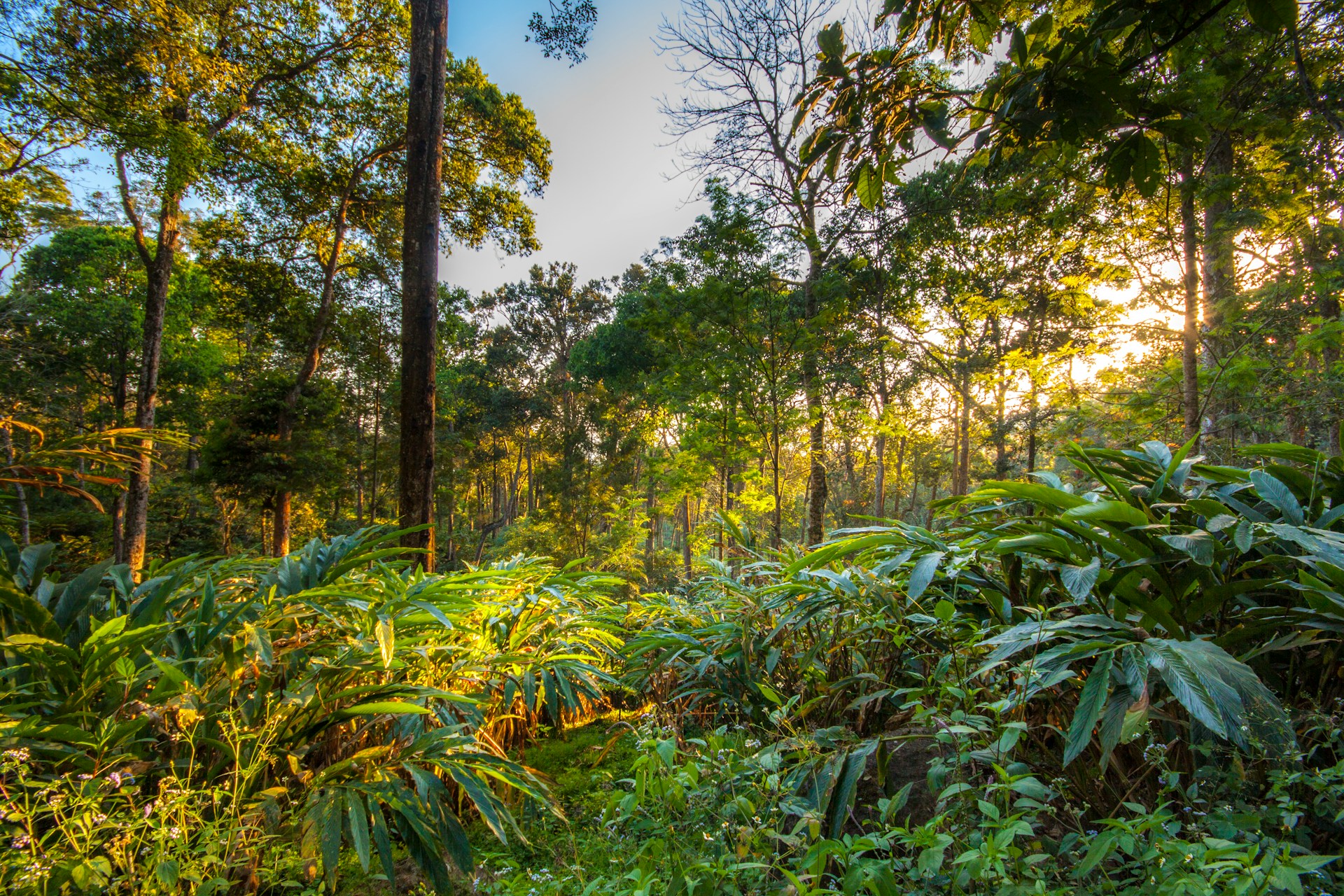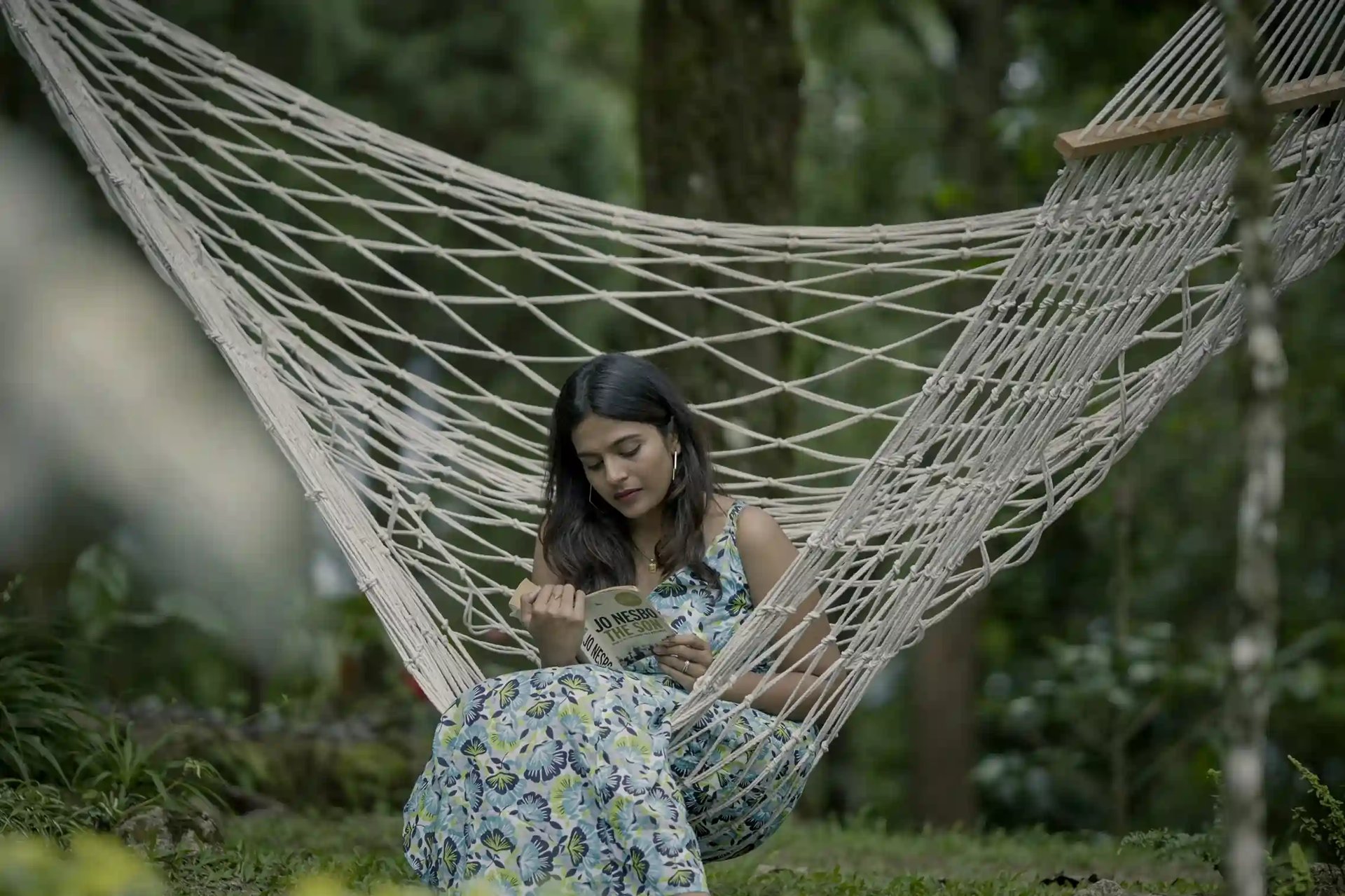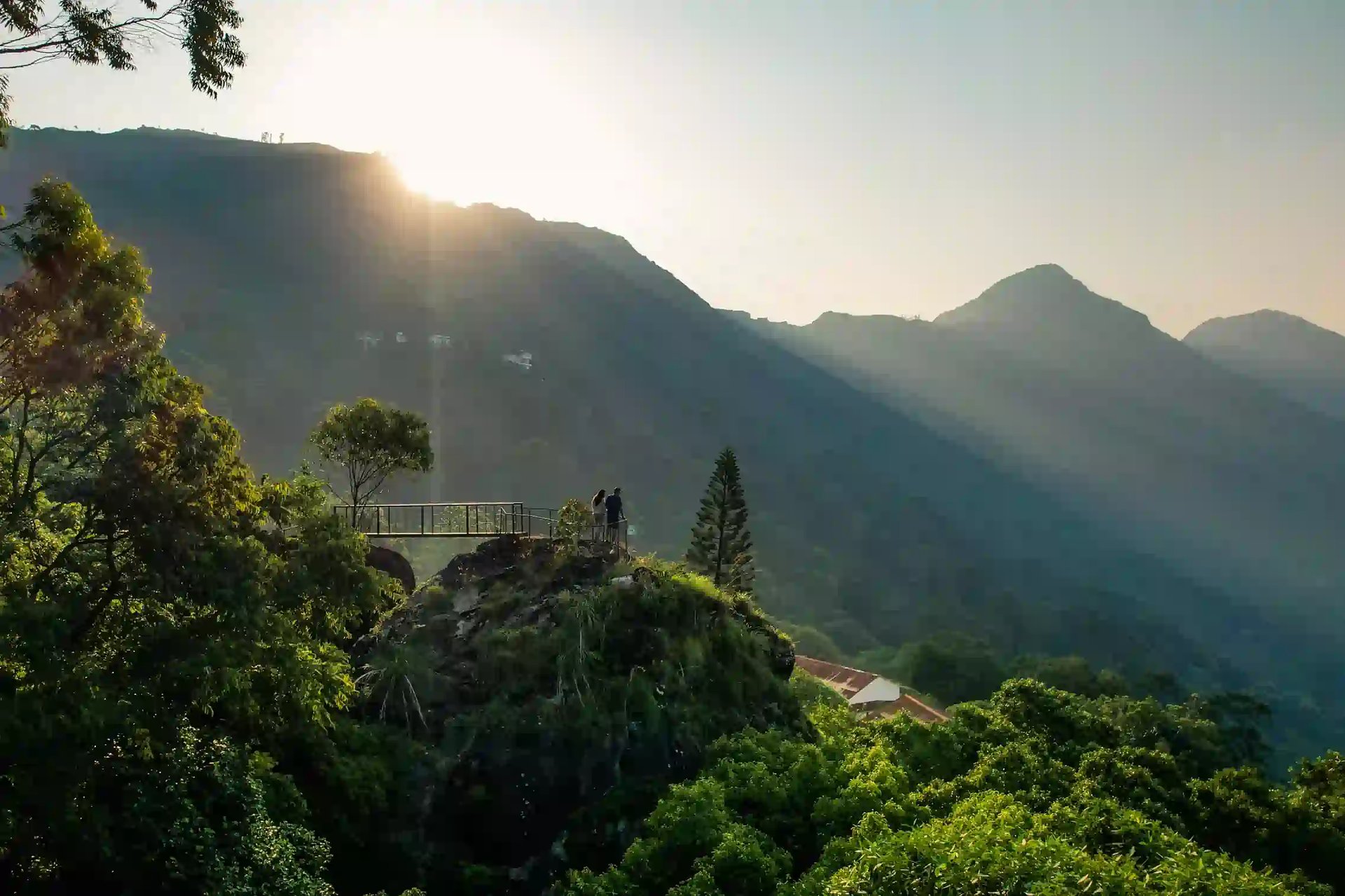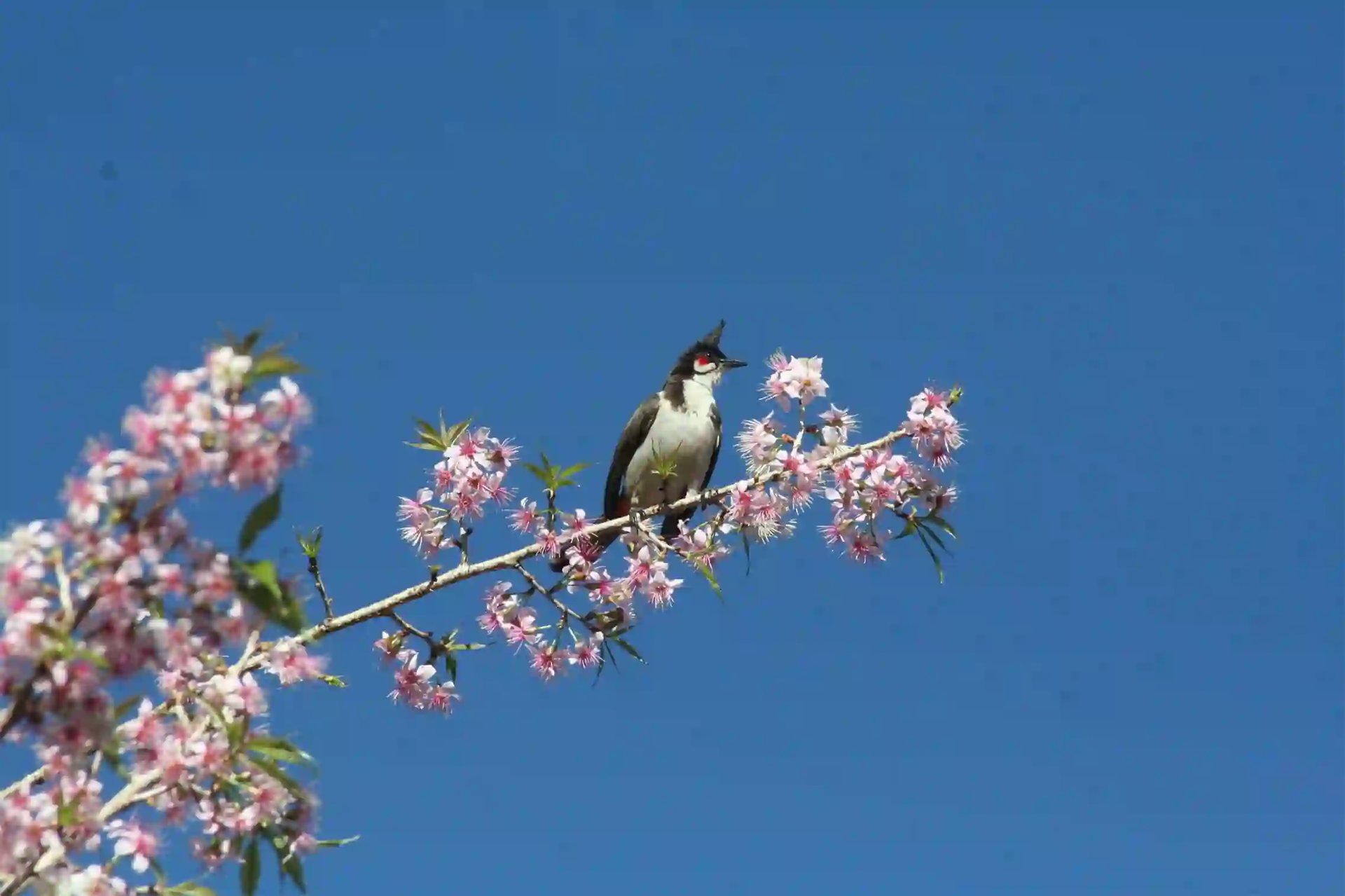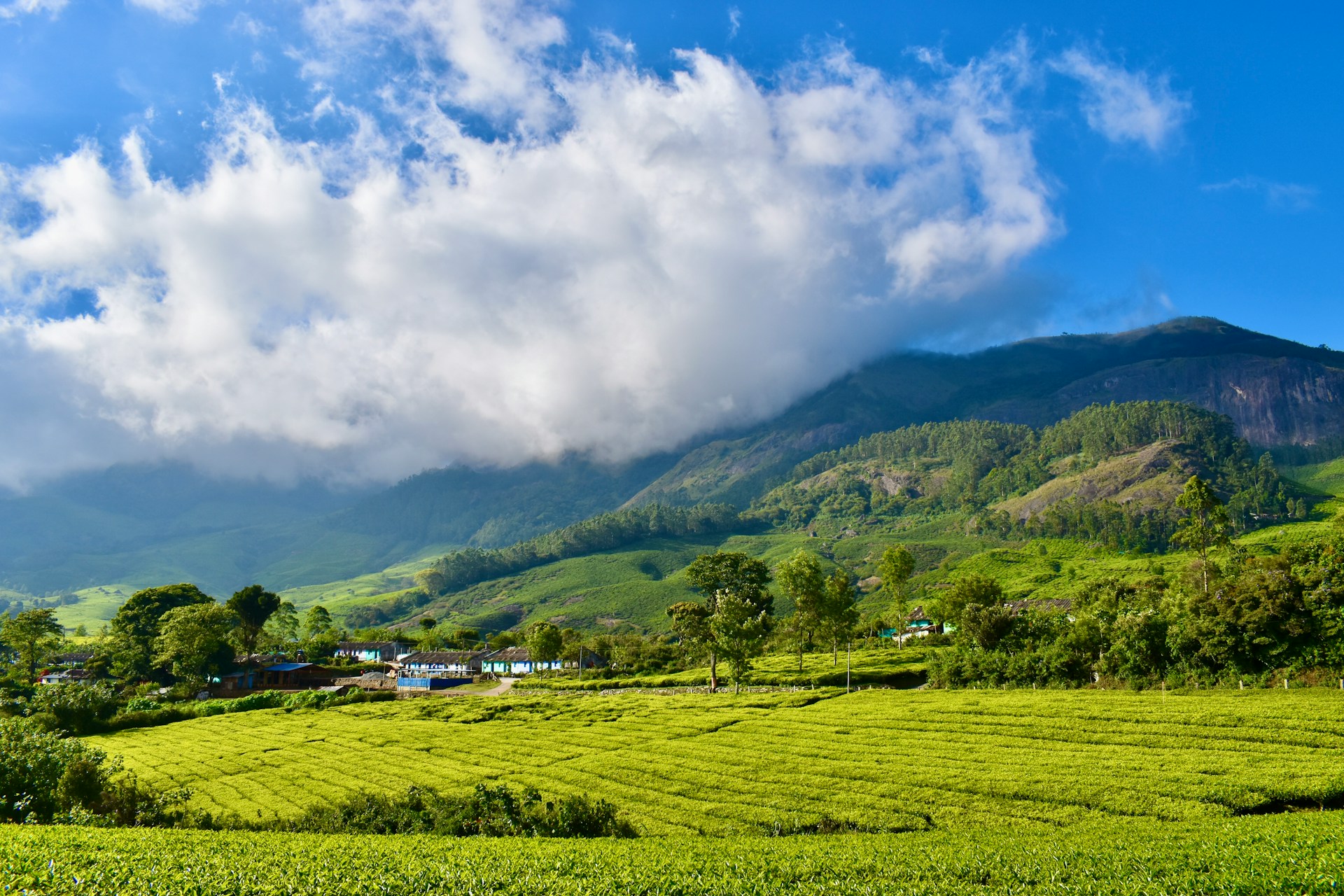
READING
IT’S TIME TO DO SOME
When you step into the aromatic spice markets of Fort Kochi or breathe in the intoxicating scent of cardamom in Munnar's hills, you're experiencing the very essence of what drew European powers to Kerala's shores centuries ago.
KERALA HERITAGE ESTATE EXPERIENCES: THE SPICE ROUTE LEGACY
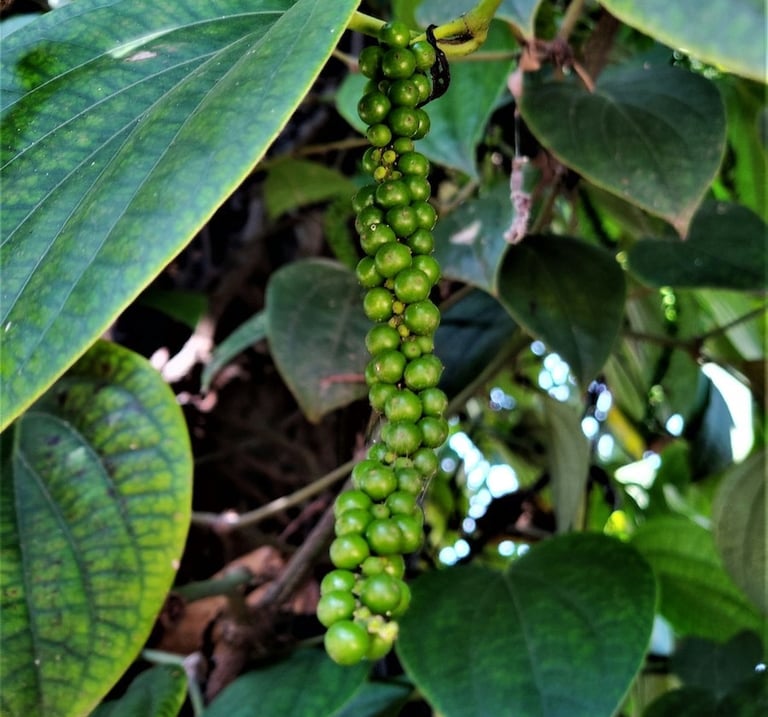

The story of why the Portuguese, Dutch, and British ventured thousands of miles across treacherous seas to reach this southwestern tip of India is fundamentally a tale of spices – those precious "black gold" treasures that were worth more than their weight in actual gold.
The Spice That Started It All: Kerala's Black Gold
Why Kerala Became the Spice Capital of the World
Kerala's unique geography created the perfect storm for spice cultivation. The Western Ghats' misty mountains, monsoon-fed soil, and tropical climate provided ideal conditions for growing pepper, cardamom, cinnamon, and cloves. By the medieval period, Kerala had become the world's primary source of black pepper – the "king of spices" that was so valuable it was used as currency in parts of Europe.
The Malabar Coast's natural harbors – particularly Calicut (Kozhikode), Cochin (Kochi), and Quilon (Kollam) – became bustling trading ports where Arab, Chinese, and local merchants had established a thriving spice trade long before Europeans arrived. This existing trade network was precisely what made Kerala so attractive to European colonial powers.
The Portuguese Arrival: Vasco da Gama's Quest for Pepper
The First Europeans to Reach Kerala's Shores
In 1498, Vasco da Gama's historic landing in Calicut marked the beginning of European colonization in India. But da Gama wasn't seeking new lands for the sake of exploration – he was on a mission to find the source of the precious spices that were making Venetian merchants incredibly wealthy.
The Portuguese quickly realized that controlling Kerala's spice trade could make them the dominant maritime power in Europe. They established trading posts in Calicut, Cannanore, and Cochin, with Cochin becoming their primary stronghold. The Portuguese were particularly interested in:
Black pepper: The most valuable spice, grown extensively in Kerala's hills
Cardamom: The "queen of spices" from the high-altitude regions
Cinnamon: Harvested from the bark of trees in Kerala's forests
Ginger: Both fresh and dried varieties
Portuguese Legacy in Kerala's Spice Culture
The Portuguese influence on Kerala's spice trade was profound. They introduced new cultivation techniques, established the first European spice warehouses, and created trade routes that connected Kerala directly to Lisbon. Many of the spice estates that operate today can trace their origins back to Portuguese-era cultivation methods.
The Dutch Takeover: Systematic Spice Monopoly
Why the Dutch Succeeded Where Others Failed
By the early 1600s, the Dutch had begun challenging Portuguese dominance. The Dutch East India Company (VOC) was far more systematic and business-oriented than their Portuguese predecessors. They understood that controlling spice production from source to market was key to maximizing profits.
The Dutch established a virtual monopoly over Kerala's spice trade by:
Controlling cultivation: They worked directly with local farmers and estate owners
Monopolizing transport: Dutch ships carried spices exclusively to European markets
Regulating prices: They controlled both procurement and selling prices
Establishing processing centers: They set up facilities to clean, dry, and package spices
The Dutch and Kerala's Coffee Introduction
Interestingly, it was during the Dutch period that coffee was first introduced to Kerala. Dutch traders brought coffee plants from Yemen and established the first coffee plantations in the hills around Wayanad and Chikmagalur. Many of today's heritage coffee estates in Kerala can trace their origins to these Dutch-era plantations.
The British Era: Tea, Spices, and Estate Development
The British Approach to Kerala's Agricultural Wealth
When the British gradually took control of Kerala in the 18th century, they brought a different approach to spice and agricultural development. Unlike the Portuguese and Dutch, who focused primarily on trade, the British were interested in large-scale plantation agriculture.
The British contributions to Kerala's spice and plantation culture included:
Tea cultivation: Introduction of tea plants to the high-altitude regions of Munnar and Idukki
Systematic estate development: Creating organized plantations with proper infrastructure
Scientific cultivation: Introducing modern agricultural techniques and pest management
Transportation networks: Building roads and railways to connect plantations to ports
The Birth of Kerala's Famous Tea Estates
The British established some of Kerala's most famous tea estates, including those in Munnar, which became known as the "Kashmir of the South." These estates were designed not just for production but as complete communities, with housing for workers, schools, hospitals, and recreational facilities.
From Colonial Exploitation to Modern Hospitality
How Historic Spice Estates Became Luxury Destinations
Today, many of the estates established during the colonial period have been transformed into unique hospitality destinations that allow visitors to experience Kerala's spice heritage firsthand. These properties offer an authentic glimpse into the world that attracted European powers centuries ago.
Where to Experience Kerala's Spice Heritage Today
These properties offer an authentic glimpse into the world that attracted European powers centuries ago.
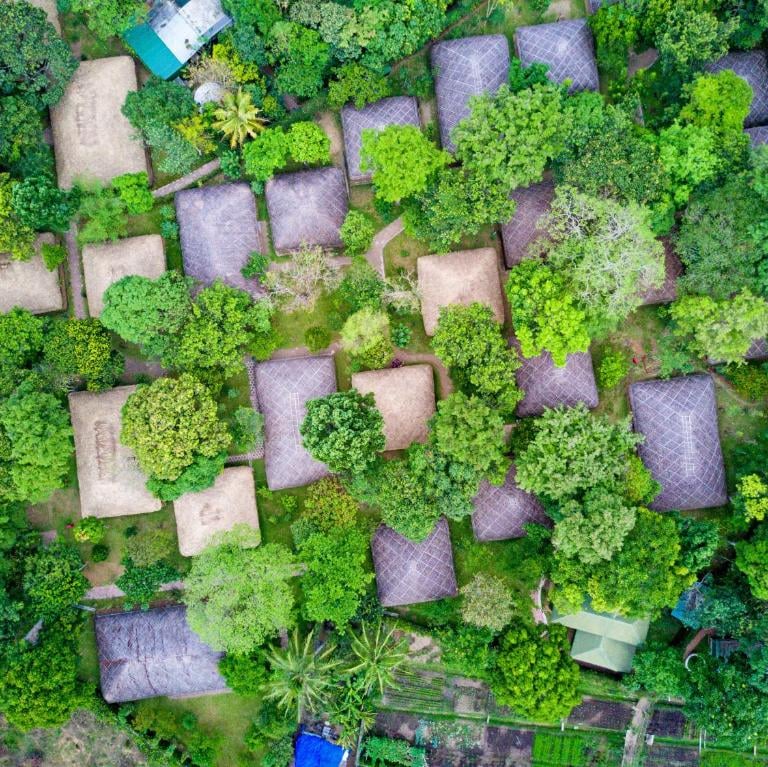

Top 5 Spice Estates to Visit
Spice Village (Thekkady) Built in harmony with the native Mannan tribes' traditional architecture, Spice Village features cottages with roofs thatched using elephant grass in the unique style of the Periyar region's indigenous people. Located within the Periyar Tiger Reserve, the resort showcases an incredible diversity of flora, including medicinal plants like Indian Pennywort, Kalachoo, and Sweet Flag, which are processed into remedies at their on-site Ayurvedic facility. The property's spice garden offers guests direct access to the same botanical wealth that attracted European colonizers - from aromatic spices to medicinal plants that have been used for generations. Surrounded by 925 square kilometers of forests, marshes, and aquatic habitats that house 62 species of mammals and 320 species of birds, guests experience the untouched wilderness that made this region so coveted by colonial powers seeking exclusive access to nature's pharmacy.
Thottam Farmstay (Kuttikanam) A plantation bungalow with a heritage home nestled amidst mist-engulfed mountains at Kuttikanam, Thottam offers an authentic escape into Kerala's plantation heritage. The property features both a luxurious main bungalow with five spacious bedrooms offering mountain and plantation views, and a traditional Kerala-style wooden heritage home with two bedrooms overlooking lush plantations and a creek. This combination of colonial-era plantation architecture with traditional Kerala design exemplifies the cultural fusion that occurred during the European colonial period. Guests can experience the same serene mountain environment and agricultural abundance that made the Western Ghats region irresistible to European traders, while enjoying modern comfort in structures that echo the plantation bungalows established during the colonial era.
Windermere Estate (Munnar) An intimate 18-room heritage property built around the original Planter's Bungalow, Windermere Estate embodies the authentic spirit of British colonial plantation life. The estate features chalet-style rooms built into the mountainside, maintaining the rustic charm of a colonial farmhouse while offering spectacular views of tea valleys and high ranges. The property's restaurant serves locally sourced cuisine without fixed menus, with meals crafted course by course using fresh ingredients from their gardens - much like the self-sufficient plantation estates of the colonial period. Guests can stroll through captivating cardamom estates beneath ancient trees, discover hidden cardamom bushes thriving under the canopy, and witness the same agricultural harmony that made these high-altitude regions so valuable to British planters. The estate's famous boulder gatherings and gazebo coffee sessions recreate the social atmosphere of colonial plantation life.
Cardamom County (Thekkady) Set in one of Kerala's most beautiful locations, Cardamom County by Xandari provides an authentic experience surrounded by spice gardens and bamboo forests adjacent to the Periyar Tiger Reserve. The resort's individual cottages and family suites are strategically positioned to showcase the natural coexistence between wildlife and spice cultivation that made this region unique. Indigenous trees and plants flourish throughout the property, ensuring visits from monkeys and various bird species from the tiger reserve, creating the same wild abundance that fascinated European naturalists and traders. The resort's eco-friendly practices and Green Leaf certified Ayurvedic spa (Ayura) demonstrate the continuing value of the traditional knowledge systems that Europeans encountered alongside the spice trade. Guests wake to the call of the wild and the aroma of dense forests and spice plantations, experiencing the sensory richness that made Thekkady a cornerstone of the colonial spice trade.
Vanilla County (Vagamon) A stunning 75-year-old Dutch-style Heritage Plantation Bungalow, Vanilla County is perfectly positioned in the serene Vagamon Valley within the Western Ghats—a UNESCO-designated World Heritage site and one of the world's eight biological diversity hotspots. This family-owned boutique inn offers an authentic glimpse into Kerala's plantation heritage, surrounded by the unspoiled Western Ghats countryside that once captivated Dutch colonizers. The property serves as a living sanctuary for spices, vegetables, trees, and diverse flora, many exclusive to this majestic region of India. Guests experience farm-to-table dining featuring organic, locally-sourced spices and ingredients that reflect the same agricultural abundance that drew European traders centuries ago. The bungalow's Dutch architectural heritage provides a direct connection to the colonial period when European powers established similar plantation estates throughout Kerala's hills. Surrounded by lush hills and babbling streams, Vanilla County offers visitors the chance to understand why the Western Ghats became such a coveted region for spice cultivation, providing the perfect escape to experience Kerala's spice heritage in its most authentic form.
The Spice Route Experience: What Modern Travelers Can Learn
Understanding Kerala's Colonial Legacy Through Spices
Staying at these heritage estates provides more than just accommodation – it offers a window into the economic forces that shaped Kerala's history. When you walk through a pepper plantation at Spice Village or participate in a cardamom harvest at Thottam Farmstead, you're experiencing the same agricultural processes that made Kerala so attractive to European colonizers.
The Economic Impact of Spice Tourism
Today's spice tourism in Kerala generates significant revenue for local communities, many of whom are descendants of the farmers who worked these estates during the colonial period. Unlike the extractive colonial model, modern spice tourism benefits local communities through:
Direct employment: Jobs in hospitality, guiding, and estate management
Agricultural income: Continued cultivation of traditional spices for both tourism and export
Cultural preservation: Maintaining traditional cultivation and processing methods
Educational value: Teaching visitors about sustainable agriculture and spice cultivation
The Modern Spice Trade: Kerala's Continuing Legacy
How Kerala's Spice Industry Thrives Today
Kerala remains one of the world's largest spice producers, contributing significantly to India's spice exports. The state produces:
60% of India's black pepper
70% of India's cardamom
Significant quantities of ginger, turmeric, and cinnamon
Growing coffee and tea production
Sustainable Spice Cultivation: Learning from History
Many of Kerala's modern spice estates have learned from both the successes and failures of the colonial period. Today's spice cultivation emphasizes:
Organic farming practices: Avoiding the chemical-intensive methods that depleted soil during later colonial periods
Fair trade principles: Ensuring farmers receive fair prices for their produce
Sustainable tourism: Balancing visitor experiences with environmental protection
Community involvement: Including local communities in tourism benefits
Planning Your Spice Heritage Journey
Best Time to Visit Kerala's Spice Estates
The ideal time to experience Kerala's spice heritage is during the post-monsoon period (October to February) when the weather is pleasant and many spices are being harvested. This is when you can witness:
Cardamom harvesting: October to February
Pepper harvesting: December to February
Tea plucking: Year-round, but best quality during cooler months
Coffee harvesting: December to February
What to Expect at Heritage Spice Estates
When you stay at properties like Spice Village or Thottam Farmstead, you can expect:
Guided plantation tours: Learn about spice cultivation and processing
Cooking demonstrations: Using fresh spices in traditional Kerala cuisine
Spice shopping: Purchase authentic spices directly from the source
Cultural experiences: Understanding the connection between spices and Kerala's history
Nature walks: Exploring the biodiversity that made Kerala's spices unique
The Aromatic Legacy Lives On
The story of why the Portuguese, Dutch, and British came to Kerala is ultimately a story about the power of spices to shape history. These small seeds and dried berries were valuable enough to drive men across oceans, establish colonies, and change the course of civilizations.
Today, when you stay at a heritage spice estate in Kerala, you're not just enjoying a unique vacation – you're participating in a living history that spans over 500 years. The aromatic legacy of Kerala's spices continues to draw visitors from around the world, just as it once drew European traders to these shores.
Whether you're sipping tea at Windermere Estate, walking through cardamom plantations at Cardamom County, or learning about organic farming at Thottam Farmstead, you're experiencing the same natural abundance that made Kerala the prize of the spice trade. The difference is that today's visitors can enjoy these treasures while supporting the local communities that have been the guardians of this spice heritage for generations.
The next time you taste Kerala's famous black pepper or inhale the fragrance of fresh cardamom, remember that you're experiencing the very essence of what drew European powers to this beautiful corner of India – and why Kerala remains one of the world's most sought-after destinations for those seeking authentic cultural and culinary experiences.
Still have questions? Check out our complete list of Kerala travel FAQs
Begin Your Estate Kerala Escape
Whether you're drawn by tea, pepper, coffee, cardamon plantation, hills, estate or heritage stays — we’ll help you experience Kerala the way it’s meant to be: personal, peaceful, and powerful.
Kerala Heritage Estate Experiences: The Spice Route Legacy
Kerala.au invites you to explore Kerala's spice route legacy. Discover unique heritage experiences and curated itineraries for an unforgettable journey.
SUBSCRIBE
Subscribe to be updated about latest news and blog posts and to follow what is happening in a magical land of Kerala.

